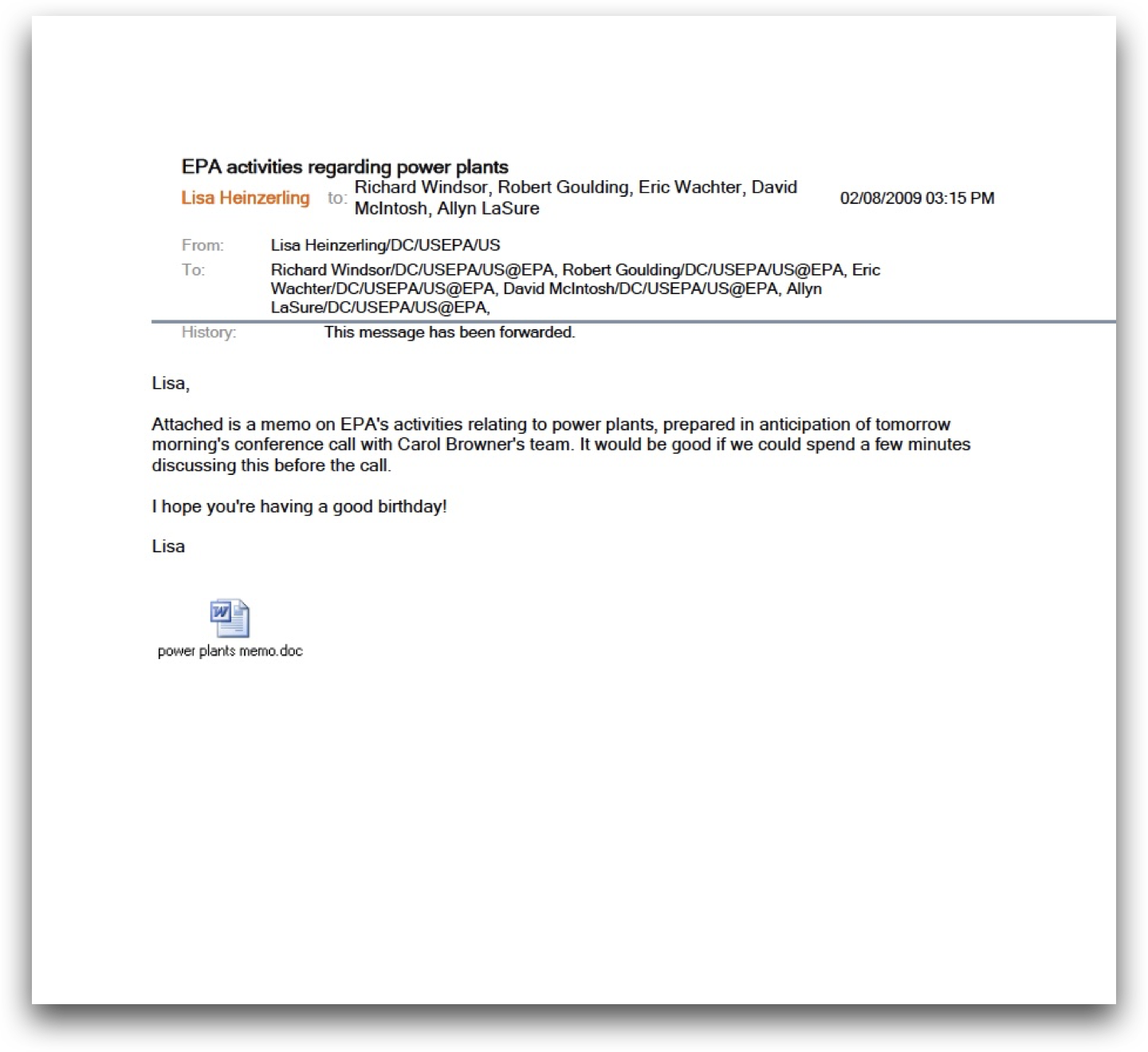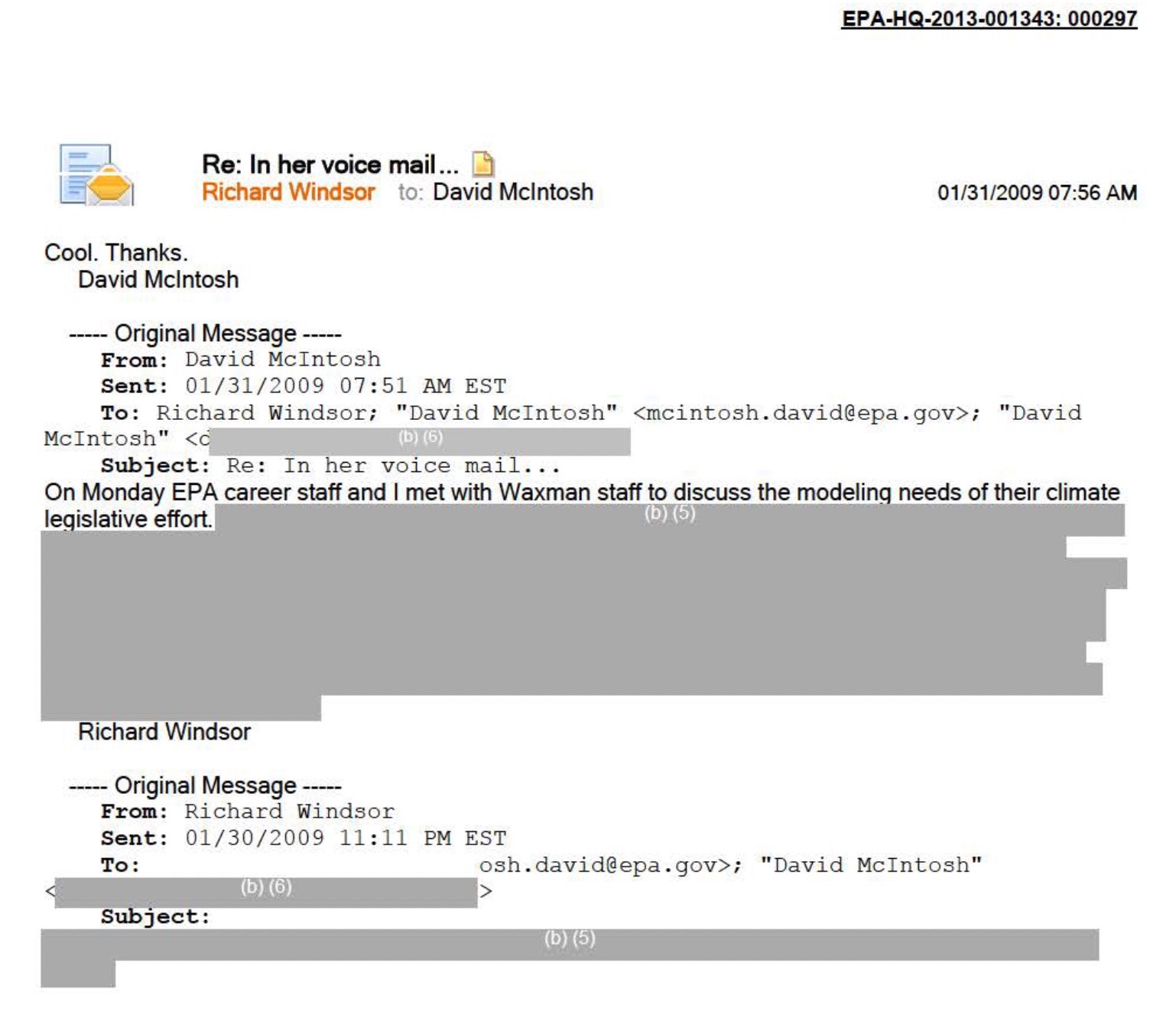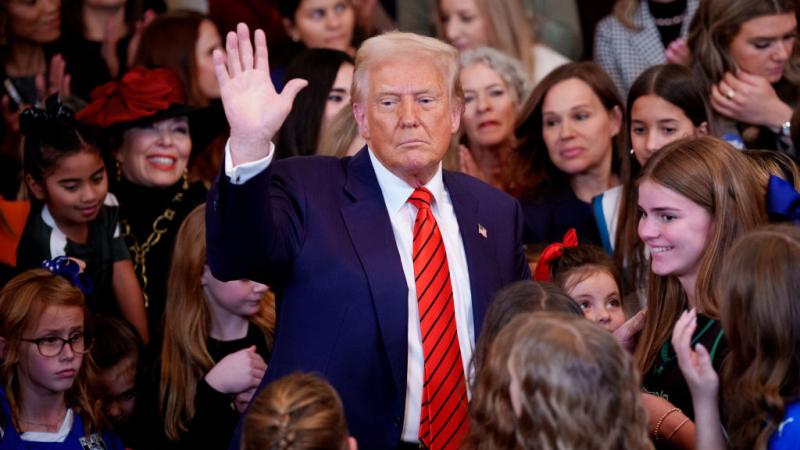EPA’s Zeldin strategizes changes to Obama-era climate rule that would withstand enviro litigation
Statements EPA Administrator Lee Zeldin has recently suggest that the review of the 2009 endangerment finding, a key component of climate policy, will follow a transparent by-the-books process. Emails exchanged by Obama officials in 2009 suggest the finding was developed with the goal of supporting climate-change policies.
Under the umbrella of President Trump's “unleashing American energy” policy and executive orders, the Environmental Protection Agency has set its sights on a review of the Obama-era endangerment finding. The 2009 determination has been a key basis for much of the agency’s climate agenda even since it was finalized.
While there are several routes EPA Administrator Lee Zeldin could take to overturn the determination, his public statements over the past two months suggest he’s pursuing a strategy in which the review of the determination is done with an eye toward making any outcomes of that review survive the inevitable legal challenges.
“So let's just be honest with the way we conduct science. Let's not bias it, whatever the results show. We make informed, educated decisions based off of it, and we should be maximum transparent with the public,” Zeldin said on the "Just the News, No Noise" TV show.
Climate legislative effort
In 2007, the Supreme Court ruled in Massachusetts v. EPA that the agency under George W. Bush erred in 2003 when it denied a petition from a group of private organizations to regulate greenhouse gas emissions from new motor vehicles, which the petitioners argued were causing climate change. The court’s ruling didn’t require the EPA to regulate the emissions, but it gave the EPA the authority to determine if those emissions pose a risk to health and human well-being.
Emails reviewed by Just the News in March showed that officials at Obama’s EPA were preparing to impose the regulatory powers of the endangerment finding well before the proposed finding was issued in April 2009. For example, Lisa Heinzerling, a professor of law at Georgetown University who wrote the briefs in Massachusetts v. EPA, emailed then-EPA Administrator Lisa P. Jackson, who was using the alias “Richard Windsor,” with an attached memo related to the EPA’s activities on power plants.
Heinzerling had included the memo to prepare Jackson for a meeting with Carol Browner, an environmental lawyer who previously served as EPA administrator during the Clinton administration, and Browner’s team. Chris Horner, an environment and energy policy attorney, obtained the emails through a Freedom of Information Act request in 2013, when he was with the Competitive Enterprise Institute. While the email was released in response to the request, the attached memo was withheld in full.

Emails also show Heinzerling and Jackson in correspondence with David McIntosh, former lawyer for the Natural Resources Defense Council and principal advisor to Jackson on legislative climate issues, concerning his work with climate modelers. The emails began as soon as Jackson became head of the EPA.
“On Monday EPA career staff and I met with Waxman staff to discuss the modeling needs of their climate legislative effort,” McIntosh wrote to Jackson in a heavily redacted email dated Jan. 31, 2009.

The email refers to the staff of Henry Waxman, a Democrat who served as a representative of California from 1975 to 2015. Waxman sponsored a bill in 2009 that would have capped greenhouse gas emissions, and he offered an amendment to the Stop the War on Coal Act of 2012, which would have removed language from the bill repealing the endangerment finding. The House passed Waxman’s bill, but the Senate took no action on it. The House rejected his amendment.
Unorthodox approach
This bias toward developing science in service of a political agenda may have been the reason that the agency took what Zeldin’s EPA is calling an “unorthodox approach” to making a determination. This approach, Trump officials say, also ignored the impact of regulations that would follow the determination.
“The 2009 Endangerment finding has had an enormously negative impact on the lives of the American people. For more than 15 years, the U.S. government used the finding to pursue an onslaught of costly regulations — raising prices and reducing reliability and choice on everything from vehicles to electricity and more,” Energy Secretary Chris Wright said in an EPA statement announcing the intention to review the finding.
The Clean Air Act directs the EPA to regulate pollutants from new motor vehicles if they cause or contribute to air pollution that may reasonably be determined to endanger public health. It's under this section of the act that the endangerment finding was drafted.
Reaching for jurisdiction
At a House Energy and Commerce Committee hearing earlier this month, Rep. Paul Tonko, D-N.Y., asked Zeldin about his plan to review the endangerment finding.
“I'm frankly shocked that there is a question of whether or not climate pollution harms the Americans’ health and welfare. Endangerment finding is based on science, and scientists, both within and without the federal government, have continually reaffirmed that climate pollution does, in fact, harm our health and our welfare,” Tonko said.
Zeldin explained that Obama’s EPA in 2009 didn’t review only the impacts of carbon dioxide. Its impacts were considered along with those of five other greenhouse gases. Even though the regulatory authority granted to the EPA is in relation to emissions from new motor vehicles, Zeldin explained, they grouped all the greenhouse gases together, even those that aren’t emitted from vehicles. They then determined that, since these greenhouse gases cause climate change, emissions from motor vehicles are a threat to public health and the EPA needs to regulate them.
“They didn't study each of these six individually. They studied all six collectively. They had multiple other mental leaps that were done. They didn't say that carbon dioxide endangers public health. They say that carbon dioxide when mixed with five other gases, contributes to climate change. How much you might ask? They don't say, but the number is north of zero. They say contribute, not causes. And then they say climate change endangers public health. So it's just important to follow the multiple mental leaps,” Zeldin told Tonko.
Durable as possible
Zeldin said that the EPA intends the review of the endangerment finding to be done in a way that is based on sound science and a transparent process. In a press conference in April, Zeldin explained that the process would follow a rulemaking process, which would include a public-comment period.
“When we go through a public comment period, we encourage people who are concerned about these issues and have opinions one way or the other, and have technical experience — they want to provide their insight — I would encourage them to participate,” Zeldin said.
Zeldin added that this process, which applies to an extensive effort across multiple regulations and not just the endangerment finding, would follow the Administrative Procedures Act. He said there is no set timeline for when the proposed rule on the endangerment finding would be published and open to public comment, but he appears to want whatever outcomes are produced by the review to survive legal challenges.
“We’ll make sure the actions that we take on everything are as durable as possible,” he said at the press conference.
Alternative approaches
Steve Milloy, senior legal fellow with the Energy and Environmental Legal Institute and publisher of “JunkScience.com,” told Just the News that if he wants to make a repeal of the endangerment finding stick legally, Zeldin isn’t choosing the best path.
“It's true that the endangerment finding covers all greenhouse gases as if they were the same thing, and it's true that they all have different effects. What he should be doing is getting rid of the endangerment finding the way EPA implemented it. And that is by saying there's no evidence that greenhouse gas emissions are causing any harm now or in the future,” Milloy said.
Milloy explained that raising an issue about the mixing of all greenhouse gases together in making the endangerment determination might not have a strong standing. The EPA, for example, regulates particulate matter, also known as PM2.5. Those regulated particulates include pollen and soot, and soot can contain sulfur dioxide or nitrous oxide.
“If I was on the other side, I'd argue that greenhouse gases are the same thing. It doesn't really matter what they are. There's different species of them, but they're all bad,” Milloy said.
Executive order a better approach
Milloy argues that the endangerment finding should be overturned through an executive order. Trump’s “Directing the Repeal of Unlawful Regulations” orders agencies to come up with a list of regulations that run counter to Supreme Court decisions. The court ruled in West Virginia v. EPA that the EPA’s 2015 Clean Power Plan, which tried to push electrical generation away from coal-burning power plants, lacked express congressional authorization, an interpretation of the rule under the “major questions doctrine.” Therefore, the rule is unconstitutional, the court decided.
Regulating greenhouse gas emissions under the endangerment finding, Milloy said, is a “major question,” which Congress never granted the EPA. “I think there's, there's much better ways to go about this, and I think the strongest way is that executive order route,” Milloy said.
If Zeldin overturns the endangerment finding by litigating via the Administrative Procedures Act, Milloy said, the litigation would extend beyond the Trump administration and create a lot of uncertainty about the ultimate outcome. “You never know how that's going to be litigated. You never know what particular issue is going to make it to the Supreme Court and when,” Milloy said.
For now, it appears Zeldin is pursuing a formal rulemaking process to overturn the finding, and time will tell if the finding is overturned and survives inevitable future legal challenges.
The Facts Inside Our Reporter's Notebook
Links
- Zeldin said
- Massachusetts v. EPA
- Emails reviewed by Just the News in March
- wrote the briefs in Massachusetts v. EPA
- Carol Browner
- Freedom of Information Act request in 2013
- David McIntosh
- Henry Waxman
- sponsored a bill in 2009
- an amendment
- Stop the War on Coal Act of 2012
- Zeldinâs EPA is calling
- said in an EPA statement announcing
- under this section of the act
- House Energy and Commerce Committee hearing
- press conference in April
- an extensive effort across multiple regulations
- Energy and Environmental Legal Institute
- JunkScience.com
- also known as PM2.5
- overturned through an executive order
- Directing the Repeal of Unlawful Regulations
- major questions doctrine














